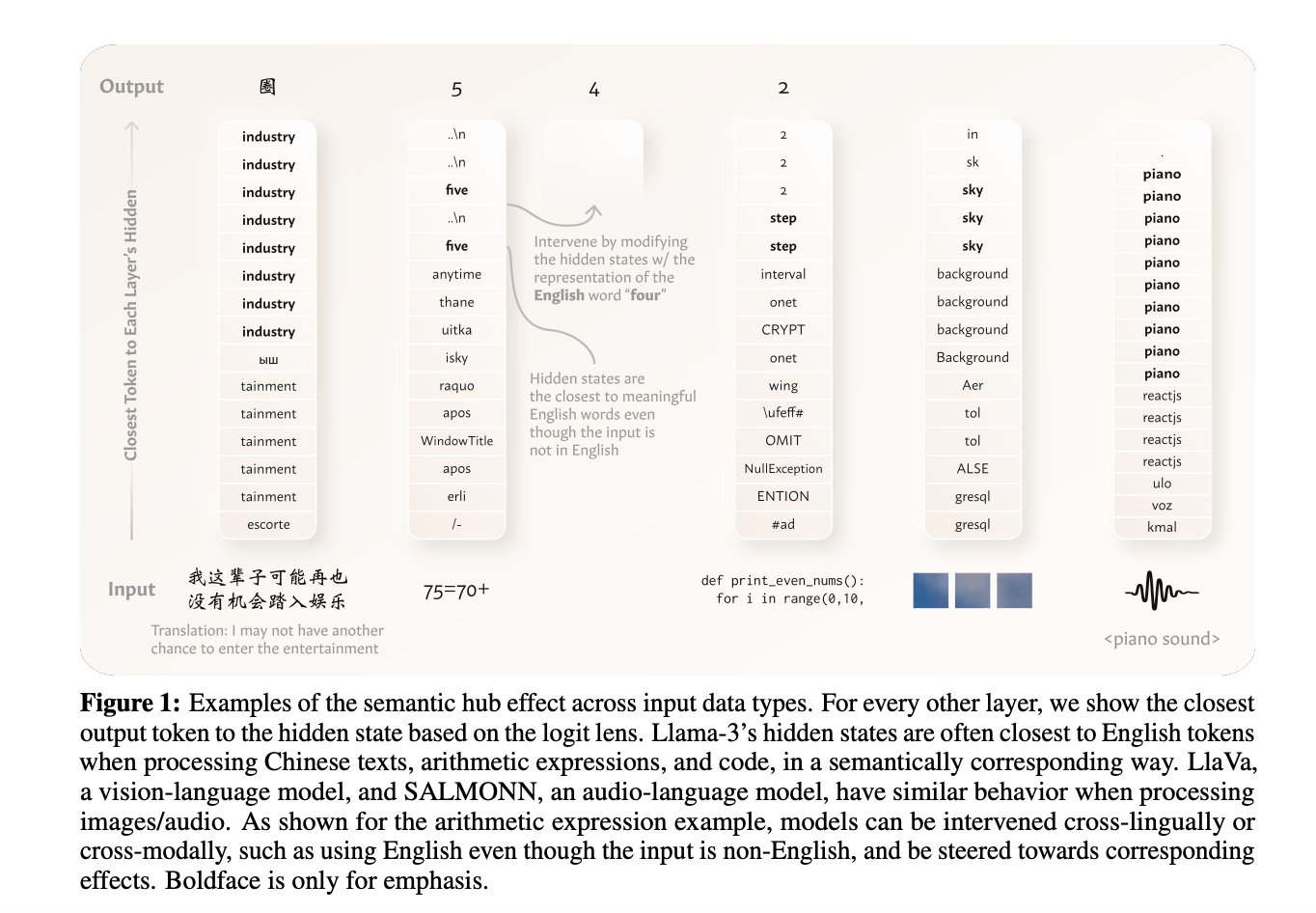
Understanding Language Models and Their Capabilities
Language models can process various types of data, such as text in different languages, code, math, images, and audio. The key question is: how can these models manage such diverse inputs effectively? Instead of creating separate models for each data type, we can leverage the connections between them. For example, similar sentences in different languages or image descriptions share common meanings. By developing models that unify these data types, we can enhance their performance and output.
Current Approaches and Their Limitations
Most existing methods focus on aligning models trained on single data types. While some success has been seen in connecting word meanings across languages or linking visual and textual data, these methods often require separate models or complex transformations. This can lead to inefficiencies and may overlook deeper relationships between data types.
A New Approach: The Semantic Hub
Researchers from MIT, USC, and the Allen Institute for AI are exploring a new method that uses a shared representation space for different data types. This approach is based on the idea of a “semantic hub,” where similar inputs from various types cluster together in the model. The research focuses on three main areas:
- How similar inputs from different data types group in the model.
- How these representations can be understood through the model’s main language.
- How this shared space actively influences the model’s behavior.
Testing the Semantic Hub
The researchers developed a mathematical framework to test this hypothesis. They defined specific functions to map inputs into a semantic space and convert them back. By comparing similarities between different data types and analyzing hidden states, they confirmed the existence of a unified representation space across various inputs.
Impact of the Semantic Hub on Model Behavior
Intervention experiments showed that manipulating the English representation space could influence outputs for other languages, like Spanish and Chinese. This was tested using sentiment words, demonstrating that English-based interventions could steer sentiment effectively while maintaining fluency and relevance in the generated text.
Key Findings
The research highlights that language models naturally create a shared representation space for semantically related inputs, regardless of their original format. This discovery opens new avenues for interpreting and controlling model behavior through targeted interventions.
How AI Can Transform Your Business
To stay competitive and leverage AI effectively, consider the following steps:
- Identify Automation Opportunities: Find customer interaction points that can benefit from AI.
- Define KPIs: Ensure measurable impacts on business outcomes.
- Select an AI Solution: Choose tools that fit your needs and allow customization.
- Implement Gradually: Start with a pilot project, gather data, and expand wisely.
Stay Connected
For AI KPI management advice, reach out to us at hello@itinai.com. For ongoing insights into leveraging AI, follow us on Telegram or @itinaicom.
Explore More
Check out our latest report on ‘SMALL LANGUAGE MODELS’ and discover how AI can redefine your sales processes and customer engagement at itinai.com.



























